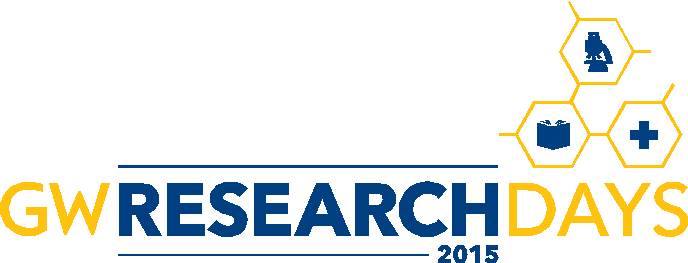Document Type
Poster
Keywords
Geriatric; Nurse, Fall; HAPU, LOS; GRN
Publication Date
5-2015
Abstract
Background.Older adults are at high risk for adverse care outcomes, such as injuries from falls, hospital acquired pressure ulcers (HAPUs), and prolonged length of stay (LOS). Available evidence suggests outcomes may improve when older adults are cared for by healthcare providers with competence in geriatrics. To improve outcomes, an acute care not-for-profit teaching hospital in Washington DC area implemented a Geriatric Resource Nurse (GRN) model that prepares registered nurses (RNs) as clinical experts on core geriatric principles on four general care wards (three medical-surgical and one cardiac).
Objectives. Toexamine the effects of GRN model implementation on fall and HAPU rates, and LOS in older adults in medical-surgical and cardiac units in an acute care hospital.
Methods.A retrospective chart review was conducted to measure fall and HAPU rates, and LOS before and after implementation of the GRN model. Data from 1176 charts (609 in before and 567 in after intervention group) was reviewed. Data analysis was performed in SPSS 22.
Results. Total number of falls was 24 (2.0%) with 13 (2.1%) before and 11 (1.9%) after intervention group. Total number of HAPUs was 26 (2.2%) including 18 (3.0%) before and 8 (1.4%) after intervention group. LOS ranged from 1-71 days. LOS mean for total population was 5.14 (SD=5.10), with a mean of 4.88 (SD=4.71) before and a mean of 5.41 (SD=5.49) after intervention. There were no statistically significant differences in fall (x2=0.06, p=0.81) and HAPU (x2=3.24, p=0.07) rates or LOS (t=-1.78, p=0.07) before and after the intervention.
Conclusions. Our findingsdid not identify significant differences in fall and HAPU rates, and LOS before and after the intervention. These findings may be a result of inconsistencies in the institutional application of a systematic approach to geriatric care.



Comments
Presented in May 2015 at GW Annual Research Days.